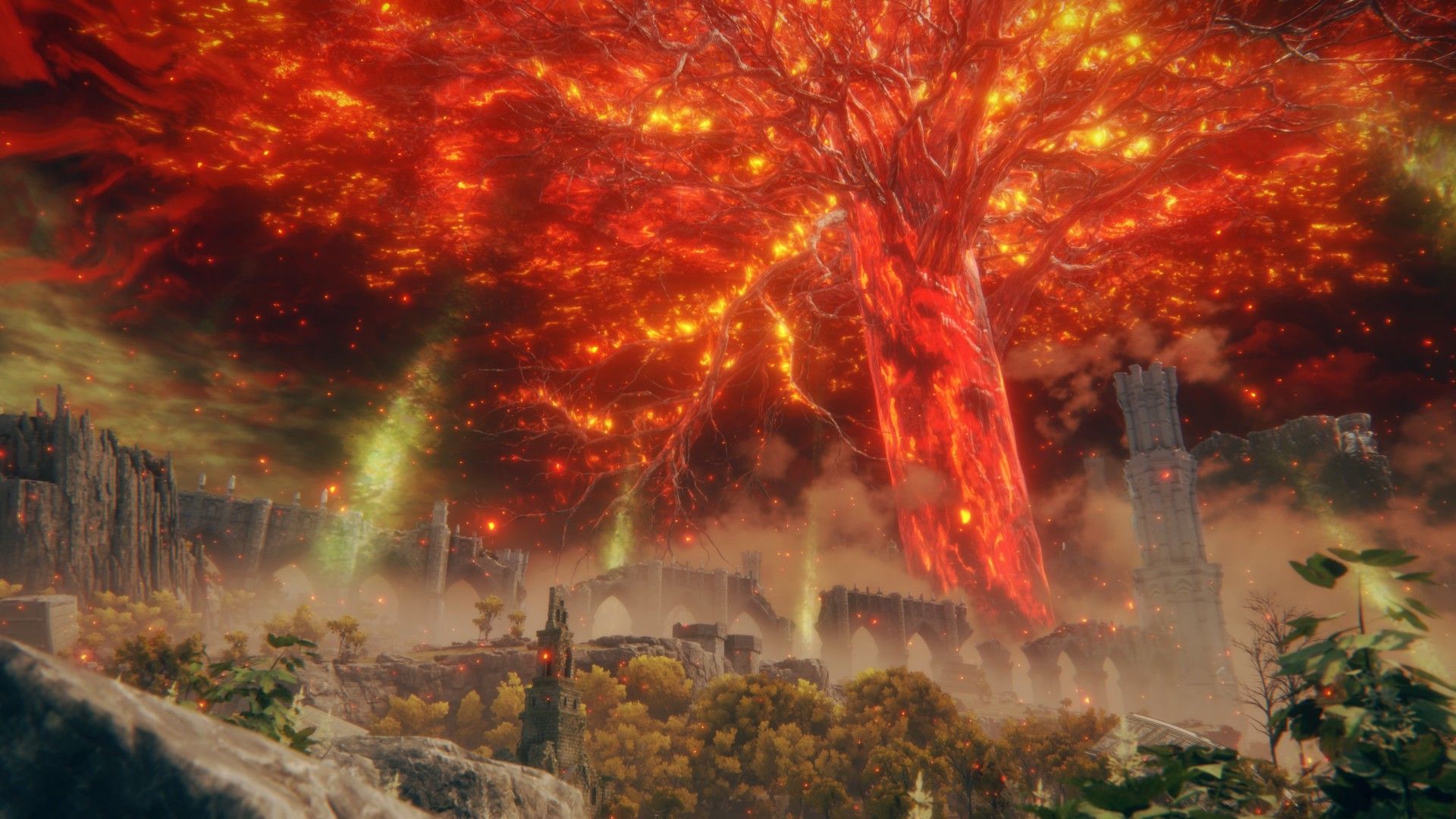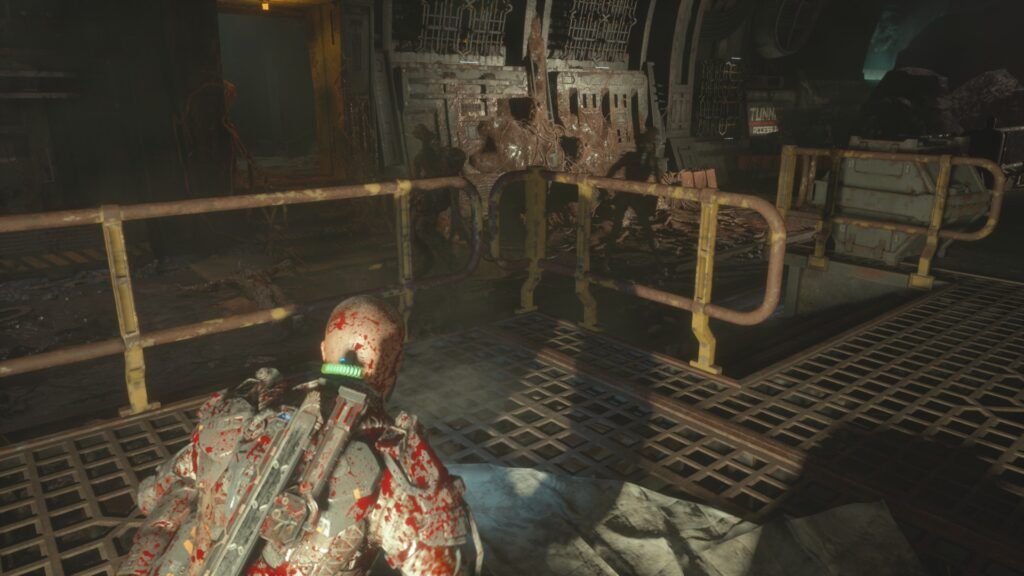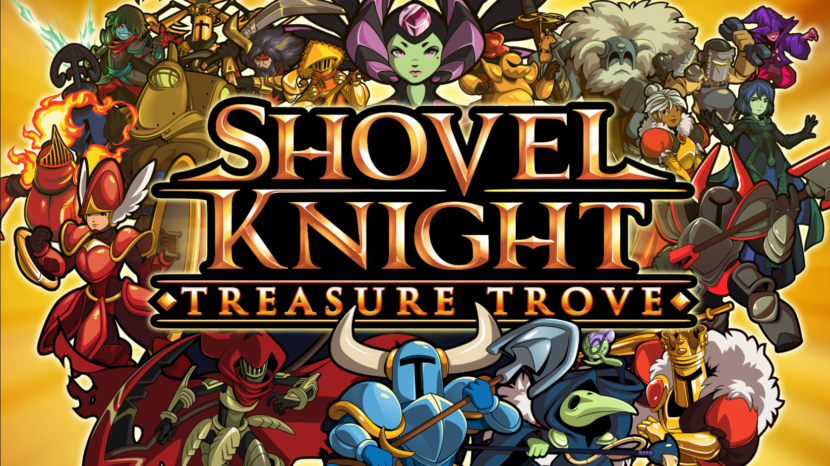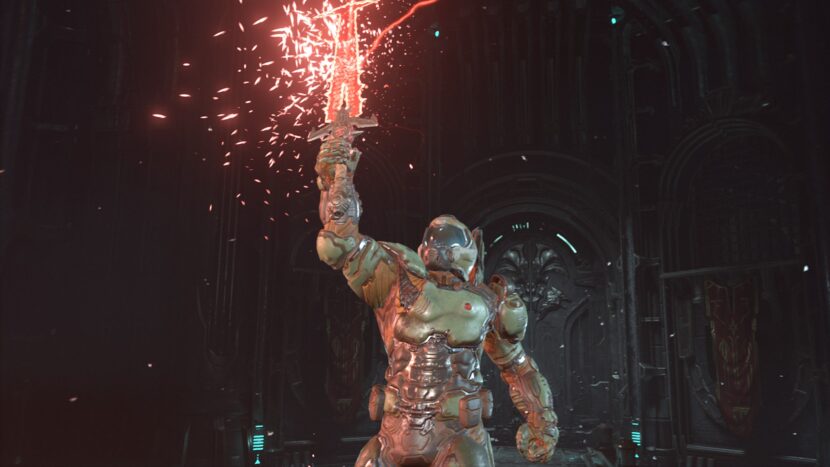What Does it Mean to Analyze Game Design?
How to analyze games like a pro

If there's one aspect of the game industry that is as mysterious as game design, it's game analysis. There may be hundreds, or even thousands at this point, of magazines, sites, journalists, and YouTubers, all reviewing video games, but it takes a careful eye to analyze a game. For today's piece, I want to talk about some of the traps that you can fall into when it comes to analyzing a title and trying to understand the implementation and intent of the designer.
Analysis != Review
Before I begin, I want to explain something very important. What I'm going to discuss in this piece is not about becoming a better game reviewer. If you're hoping to read this to get a job at IGN, Kotaku, or just start a game review channel, this is not for you. Reviewing video games and analyzing them are two different fields and come from two different desires.
A review is meant to put an objective measure on the quality of a game for the consumer, whereas an analysis is meant to study a game and figure out whether or not the design worked as intended. What works for one doesn't necessarily work for the other, but there is overlap in the discussion of a game. Just because you've spent your entire childhood playing video games, or covered or played them at the professional level, doesn't mean that you've been analyzing them. Even being a game designer doesn't automatically qualify you for analyzing games. I didn't start doing this seriously until the 2010s, and I always find it interesting to go back to games I played as a child with a more critical eye.
Being able to study design is a skill that lends itself more to a career in the industry and is not something easily taught. One of these days, I should try to create a lesson plan around this. The mentality that you have going into looking at a game is what I want to focus on today because this is where a lot of people fall into traps when studying design. A good analyst can study any game of any genre, even if it's a genre they hate, but there are several things you want to avoid.
The "I Don't Like This" Spiral
I've said this plenty of times before: it's easy to write a review or look at a game you love, but it takes skill to be able to do the same to a game that you hate or aren't enjoying. One of the most common traps I see from journalists and YouTubers who talk about games in the form of critical essays and videos is this downward spiral effect when they don't like a game.

Once the game loses them, everything about the game goes downhill. A surefire tell is when the reviewer is complaining about something so innocuous, or something that isn't even likely to be a problem to the consumer. The analysis then becomes this exercise in saying how much you hate this game, and that everything in the game is there to support your hatred. Some reviewers will try and disguise this with faint compliments like, "I like the art", or "the music is well done." But anything that is about the gameplay or informative to the consumer or fans of the genre is tainted by their hatred of it.
Another tell, and one you really don't want to do, is when you compare the game you hate to a game or games that you love, even if their designs are completely and fundamentally different, or they have the same or different problems that you're ignoring. There is a huge difference when you say, "game X did this and I liked it more than game Y" vs. "game X did this, and so game Y is horrible for not doing it."
Again, the true test of someone's ability to analyze a design isn't to write a positive review on Stray, Elden Ring, or any GOTY candidate. The test is writing one for a game that isn't going to appeal to everyone; it may not even appeal to you. As I said at the start, what I'm discussing is not reviewing a game, which by its very form is about assigning you as the judge of its quality. If you've read or watched "reviews" of mine, then you know I typically discuss things from a neutral perspective -- even for the games I love. You will rarely see or hear me talk about a game as nothing but positive or negative remarks.
The Positivity Spiral
The opposite issue when talking about a game with only negativity is talking about one with only positivity. This will lead to the next point I want to discuss as well, but the other thing I see, especially on YouTube, are people who view a game that they like as something that needs to be defended. There are no issues with the game, any problem someone finds is their fault, and there's the always popular "if you think it's so easy to make a game, why don't you do it yourself?" defense when people talk about the game's faults.
These two points are where I really see the difference between analyzing a game and reviewing it. When you're analyzing a game, that means examining not just what the game did right, but any issues or pain points it has. Trust me, no matter how good a game is, there are always issues with it. We can see this when it comes to churn rates and that even the highest-rated games will not keep everyone invested from beginning to end. This is incredibly salient when I look at games people can't stop talking about or declaring to be "the greatest game of all time." Often, this is the group that attacks critics who have negative opinions and handwave away any criticisms that are brought up.
Another interesting point I see arises from "fan games" or fans attempting to make balance patches or updates to a game they love. There is a tendency that everything in the game should be treated as gospel. While there is nothing wrong with doing work on a game for your friends to enjoy, it's important when developing your skills as a designer to be able to objectively look at the game you love and point out flaws with it; even if you love those flaws.
Growing your understanding of game design and analysis means taking a look at a game you hate and figuring out why someone would like to play it. Conversely, looking at a game you love and understanding why someone would consider it a bad game for them is equally important.
Fun = Good, Unfun = Bad
An important aspect of design analysis is being able to look beyond your preference of a game and look at the genre qualifiers and the audience for which the game is aiming. I may hate survival crafting games, but I also know very keenly what does and doesn't work for the genre, and what fans are looking for.
In previous design posts, I've brought up the concept of "fun" as a four-letter word when analyzing games. There's a tendency among reviewers that if they're not having fun with a game, then surely the game is bad, just as if they're enjoying it, then it must be good. This returns to the goals of reviewing a game vs. analyzing it. When you read a review by someone, you are getting their opinions on the game and genre that are weighted to their thoughts. An analysis is meant to be more neutral -- and focuses on a goal that I'm going to talk about further down.
Returning to the points of overwhelmingly positive or negative thoughts, good analysis is about understanding the qualifiers of a genre and whether or not the game succeeds at those points, regardless of your opinion on the matter. When it comes to reviewing games, you typically want people who have experience with that particular genre to provide a fair assessment of the design. When analyzing a game, however, a good analyst can look at any genre and be able to approach the analysis with objective thought.
Source: YouTube.
It's fine to be wrong when you first play a game. There are plenty of games out there that don't reveal aspects of their design until the end of the game or have to be approached a certain way in order to get the best experience. If you're new to a genre, it's going to take you longer to explore it and study it compared to one that you're familiar with.
Modern-Retro-Minded
One of the most popular kinds of game analysis on YouTube and other sites are "retro reviews" or retro design pieces. They tend to fall into one of the following camps:
- This great game has always been bad and you just didn't know it
- This bad game has always been great and you just didn't know it
- Does game X hold up today?
In my opinion, one of the worse kinds of examinations is trying to critique a classic game through modern lenses. Oftentimes, this comes off as already having an opinion or thesis, and doing everything you can to make the game or games fall into it. That doesn't mean using skills you've picked up at design today to look at older games; as I said further up, I oftentimes go back to classic games and examine them. It's not about looking at these games and judging them today, but understanding the designs and implementations that went into them.
The game industry is constantly evolving, and storytelling and design conventions change quite regularly. Doing a piece saying "can you believe that Mario games don't have deep stories?" is as useful as writing a dissertation about why you think water is wet.
Likewise, holding classic games to some unattainable standard that will never be met by modern titles is also incorrect. The assumption that any game made before the introduction of DLC and post-release support was perfect has been proven wrong time after time. You can talk about evolutions in the genre and game design practices when examining classic games; especially with UI/UX. But, there is a difference between saying "this classic game doesn't use systems invented 10 years later and is bad because of it" and a more reasonable take like, "while the game worked, later examples of the genre would go on to play like X and hold up better thanks to it."

I've noticed a trend when people do retro reviews or try to talk about the industry in grand statements, that they ignore the growth and diversity of the indie space. This is the group who like to say "the game industry is just X". In fact, never say that the game industry is represented by one trend or one design. If you want to ever consider yourself versed in studying design, only playing AAA games and the hottest releases is not going to be enough.
Does the Design Work?
This is the point that is 100% on the side of design analysis. As mentioned, a reviewer's job is to inform the consumer about the quality of the game, and an analyst's job is to examine the quality of the design. Figuring out whether or not the design works is the hardest aspect of analyzing a game, because this is where the opinion of the person examining it does not belong. Oftentimes, when people read an analysis of a game like this, they tend to attack the person saying "why do you hate the designers?" or "who cares about this?"
When I analyze games, I try to answer three questions to myself:
- What is the core gameplay loop of this title?
- Does anything get in the way of it?
- Does this game work for its intended audience?
Pain points and issues with the UI/UX are at the forefront of analyzing a game and reviews don't often stray into that territory. There are plenty of good games with bad UI/UX, and bad games that at least put the effort into trying to have good UI/UX conventions. When you are learning to study design, figuring out if the UI/UX works with the core gameplay loop is one of the most vital aspects and skills you can pick up. These are the details that often separate bad, good, and amazing games from one another. Further up I said that even amazing games can have faults with them, and the UI/UX is usually where they lie.
If something is stopping the player from enjoying the core gameplay loop, that is a credible issue to point out with the design of a game. When I get negative feedback from my reviews and pieces on games, it's these points that are thrown back at me, with the comments, "you're just complaining because you hate the developer," or "it didn't bother me, so you're wrong about it."

Once you understand concepts like the core gameplay loop and can put that together with the UI/UX, it is then possible to comprehend if the game works for fans of the genre. As a recent example, I played through and enjoyed The Callisto Protocol which received a lot of flak about its design from horror fans. Having played it, I figured out that the game itself is in fact not a good horror game, but it is far better as an action game. And in my review, I went into detail about that and what kind of fan would appreciate the game more.
And for that final point, this is why I don't like to give numerical scores to games I play because you can have a game that to most people would be a 2/10 but could easily be a 10/10 to the perfect fan of a particular genre or style.
What is the Point?
I'm starting the new year off with a longer piece about a topic that most people still don't care about. Understanding and analyzing design has become my bread-and-butter over the last decade and will continue into this one. Having someone who can look deeper at the design on your team will help you when it comes to avoiding those pain points and churn that can befall a lot of games. This will not only help you make a better game for your fans but also attract new people to your game because only listening to fans is the worst way to improve UI/UX.
Someone may argue that this is just an overly complicated version of the "idea guy", but I have seen over the last decade the differences in quality between someone who understands design, and someone who fumbles through it. Gameplay and UI/UX are as different and important to understand as art and coding.

Even people in the game industry still don't fully grasp the importance of studying design. I've seen developers on Twitter and gamedev spaces who will say something like this: "I can't believe no one is playing this game, why is no one liking this game?" and so on. And when I look at these games, they are often titles with pain points and issues that are visible almost immediately. Those statements are the perfect capper for this post -- to be able to study design is to be able to understand not only what makes a game good, but why someone would not like a game. The Last of Us 2, Elden Ring, Death Stranding, Mario Odyssey, Vampire Survivors, Immortality, and Pentiment are all horrible games to someone. There is no such thing as a universally appealing game; to be able to analyze design is to admit that even the games you love have problems and issues with them and that they can still be fantastic to someone else.
Here's a test for you who are reading this to see how well you can analyze a game. I want you to take your 2022 GOTY or game of the decade of the 2010s, and I want you to write up why someone would hate to play this game. If you can start understanding pain points and UI/UX issues, this will help you become better at understanding gameplay. And with that, I expect everyone to turn in a 5,000-word design analysis on a game by Monday.
For more about my analysis on game design genres, check out the "Game Design Deep Dive" series available where books are sold.
If you enjoyed this story, consider joining the Game-Wisdom Discord channel. It’s open to everyone.
